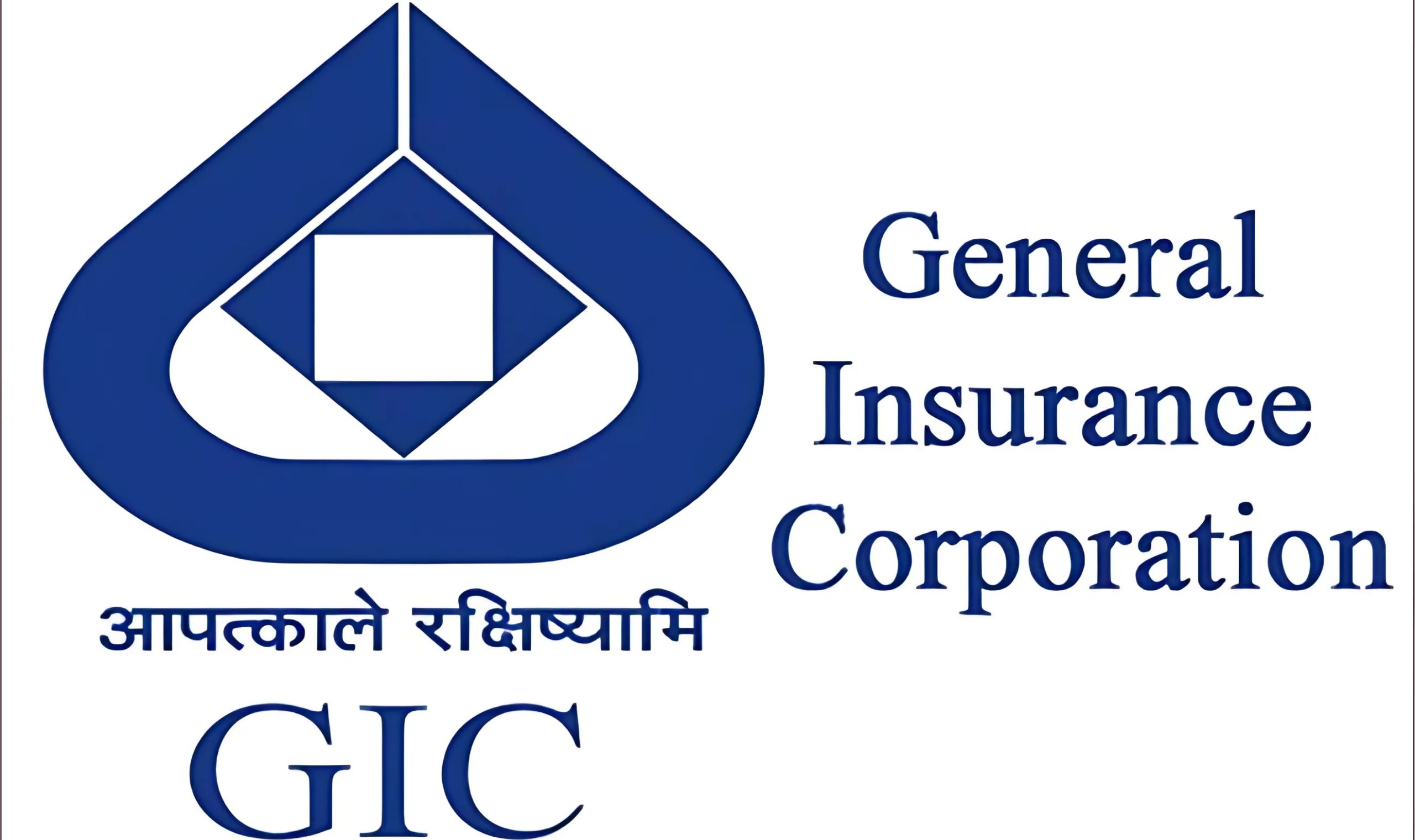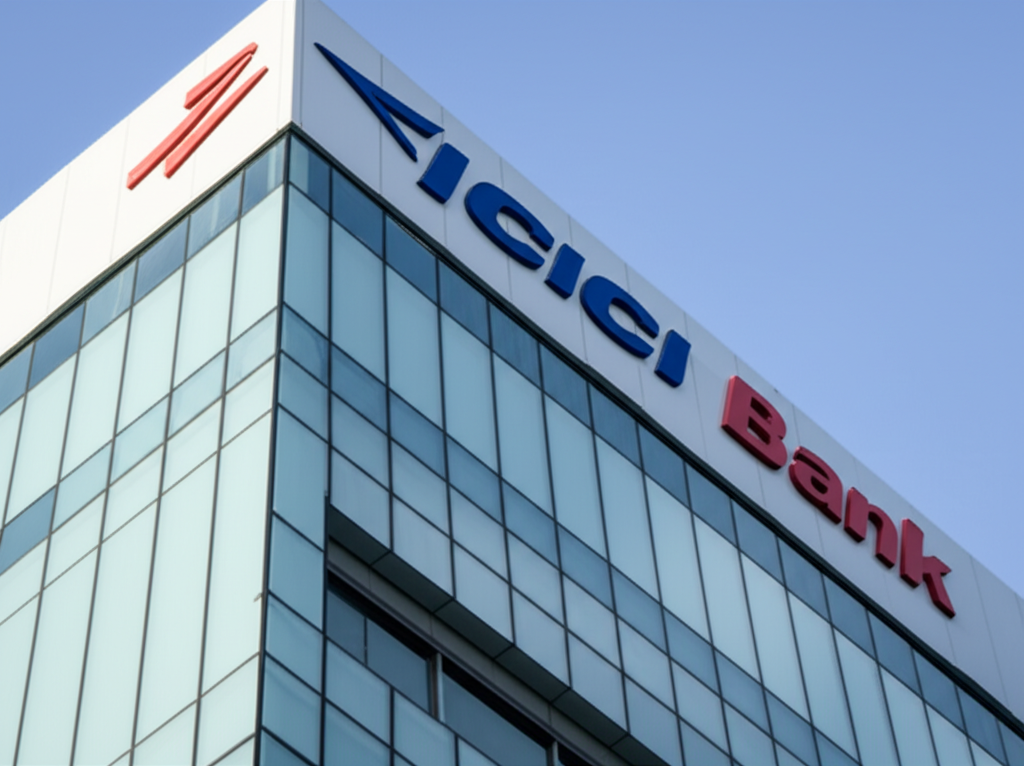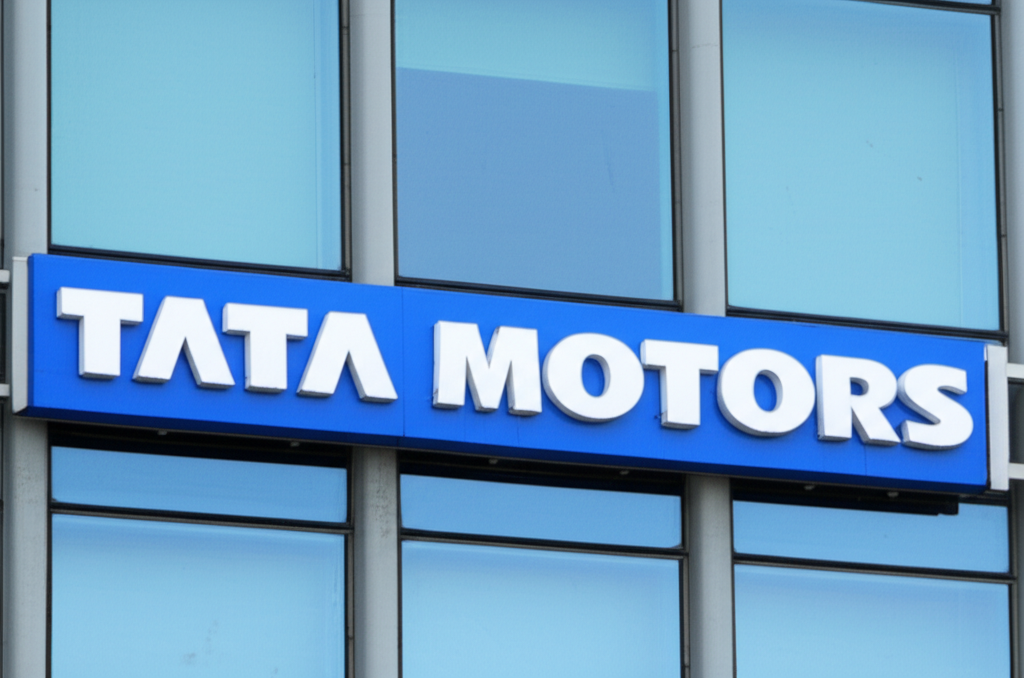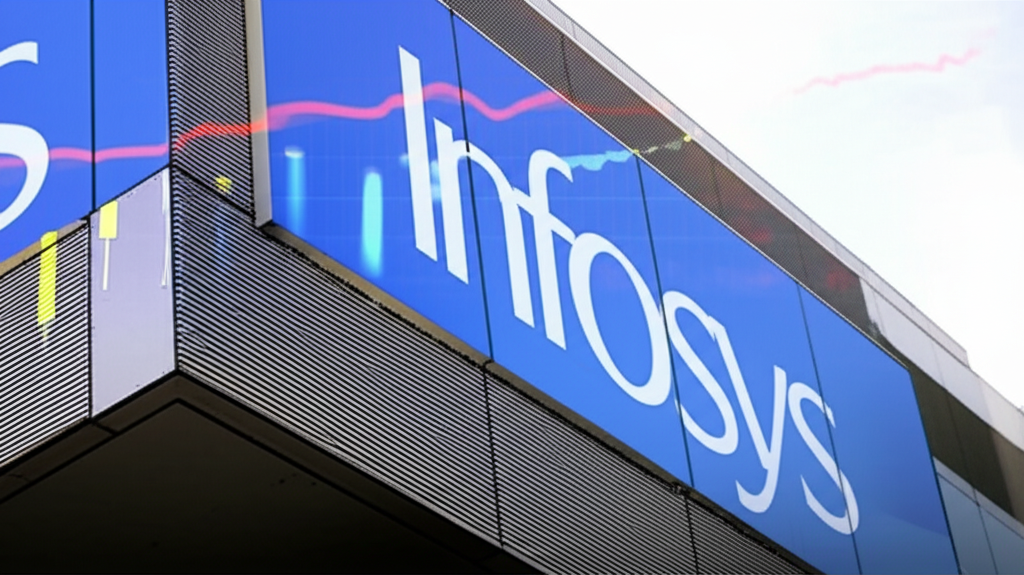In the fast-paced world of stock markets, companies often experience fluctuations in share prices due to various factors, such as earnings reports, market sentiment, industry performance, and macroeconomic influences. One such company that has received much attention lately is the General Insurance Corporation of India, GIC Re. Its stock price rose by almost 11% on December 20, 2024, to an all-time high of Rs 494.45. The heavy trading volume and impressive quarterly earnings statement were the reasons for this rise in the stock price. In this blog post, we’ll analyze the factors contributing to GIC’s remarkable performance, the broader market implications, and what this means for investors looking at the stock.
The Surge in General Insurance Corporation Shares
On December 20, 2024, GIC’s shares saw a significant leap, reaching Rs 494.45, marking an all-time high for the reinsurer. This 11% increase in share price came with an extraordinary surge in trading volumes. More than one crore shares had changed hands on the exchanges-a number that was far beyond the one-month average of 14 lakh shares. This sudden spurt was not just a reflection of strong investor confidence but also reflected the market’s optimism about the prospects of the company.
On that day at 11:48 AM, the shares were trading at Rs 488.80, consolidating the gains made in the day’s trading session. The stock had been on a consistent rising trend in recent weeks after it gained nearly 32% during the last month. It has caught the attention of analysts and investors alike who are keen to take a ride on the performance, in the wake of GIC’s quarterly financial results and a very impressive solvency ratio.
What Lies Behind GIC’s Great Performance?
Earnings Q2 FY25: Sizzling With A Significant Upswing
One of the major reasons for GIC’s outstanding stock performance is its latest quarterly earnings. The General Insurance Corporation has reported a 15.9% year-on-year increase in net profit for Q2 FY25, which stood at Rs 1,860.76 crore, compared to Rs 1,605.09 crore during the same period last year. Several factors have led to this strong profit growth, which are discussed below:
Strong Investment Income:
Investment income was one of the most important factors that helped the company increase profitability. Being a reinsurer, GIC has a huge portfolio of investments, and a slight rise in returns from investments helps raise overall profitability. An uptick in market returns, especially in equities and bonds, also contributed to the increase in investment income, which contributed a great deal to GIC’s bottom line improvement.
Reduction in Commission Costs:
Reduction in commission costs also helped GIC reduce earnings. Lower commission payouts, of course, especially in a highly competitive environment, result in a higher percentage of premiums retained by the company. Again, this was another means of cost-cutting measures that helped to build an overall profit.
Sequential Growth in Profits:
GIC’s net profit, on a sequential basis, increased by 74.4% from Rs 1,036.06 crore in the previous quarter to Rs 1,860.76 crore in Q2 FY25. This indicates a strong recovery and profitability momentum of GIC.
Solvency Ratio and Financial Health
The solvency ratio of the company has also been another area that has attracted investors, which has reached an impressive 342% at the end of Q2 FY25. This is a very sharp spike from the 282% that was recorded during the same period last year. The solvency ratio is a critical measure for insurance companies, as it points out the company’s ability to meet its future obligations. If the solvency ratio is more than 100%, it means the company has more than enough capital to pay out claims, which is a very reassuring factor for both investors and policyholders.
Another significant profitability measure is the combined ratio, which also improved. The combined ratio of GIC was reduced to 114.05%, down from 115.83% for the same period last year. A lower combined ratio is a sign of better underwriting efficiency, which means that the company generates more profit per premium dollar collected.
Underwriting Loss Reduced
GIC also witnessed a 26% decrease in its underwriting loss, which came down to Rs 1,088.43 crore from Rs 1,471.61 crore from the previous year. Underwriting losses are incurred when the cost of claims and operational costs of the company surpass the collected premiums. Lower underwriting losses mean GIC is getting better at risk management and pricing strategies, which is a positive signal for long-term profitability.
Why Is the Stock Picking Up?
There are a number of internal and external factors that have led investors to be optimistic about GIC, which has contributed to the jump in its stock price.
The very robust earnings report, along with the improvement in financial metrics at GIC, enhances the confidence of investors. Investors can look forward to the confidence of knowing GIC is on a growth path, especially given the significant capital reserves and profitability of this company. The rise in trading volumes reflects the hunger that is now being created within investors to buy into GIC’s stock to capitalise on the upward momentum being established.
Positive Outlook for the Insurance Sector:
The broader insurance industry is likely to expand as India’s economy expands. Increased demand for health, life, and general insurance products is expected. As one of the largest reinsurance companies in India, GIC will benefit from the expansion. The company’s robust underwriting capacity and market position are strengths in this expanding market.
Government Support and Regulatory Environment:
The Indian government has been actively encouraging the insurance sector and is likely to carry on with reforms aimed at improving insurance penetration in the country. It will benefit GIC, as well as its competitors if regulatory changes favouring financial stability and an appealing operating environment for insurance companies can be implemented.
Greater international and domestic demand for reinsurance:
With the trend of companies seeking protection from any form of risk, the need for reinsurance products increased. GIC, therefore, has a strong prospect of riding on this surge in demand. International clients seeking coverage for various risks around the globe may, at some point, also offer some new revenue streams for GIC.
Advanced Digital Transformation:
The integration of technology and digitalization among insurance firms has changed the dynamics, giving way to enhanced data analysis capabilities, superior customer experiences, and efficiency in cost savings. Technology adoption and the modernization of its systems have placed GIC in an advantageous position to spur growth forward.
What is next for GIC and Investors?
Continued Profitability and Growth
Given the outstanding performance in Q2 FY25 and the positive direction of the insurance and reinsurance industry, GIC seems to be on a solid growth trajectory. With the continuous improvement of underwriting profitability and a positive investment environment, it would be expected that GIC’s financials would keep improving.
Managing Market Volatility
However, investors have to be aware of the risks that would impact GIC’s stock price. Some of these risks include market volatilities, changes in interest rates, and macroeconomic variables that could impact the bottom line of the company and eventually the stock performance. Finally, the company will have to stay ahead of the competitive reinsurance market and adapt to any operational challenges that it may face shortly.
Regulatory and Competitive Landscape
GIC functions in an environment that is highly regulated, so a change in regulations or the policies of the government concerning insurance will significantly affect its operation. Another source of pressure would come from other reinsurers as well as new market entrants on GIC’s pricing power and share of the market.
Conclusion:
In conclusion, General Insurance Corporation of India’s recent stock surge reflects strong financial performance, solid growth prospects, and a positive market environment. Improvements in profitability metrics such as solvency ratio, combined ratio, and reduction in underwriting losses have enhanced investor confidence in GIC’s long-term value delivery capabilities.
While there are associated risks with any investment, GIC’s fundamental solidity, market leadership, and strategic initiatives suggest that it should continue to grow. Accordingly, GIC shares remain one of the attractive investments, for those who would capitalize on the growing insurance and reinsurance markets in India.
The recent stock price rise of GIC, driven by heavy trading volumes and positive earnings news, is an exciting time for the company and its investors. With continued operational improvements, a favourable regulatory environment, and an expanding market, GIC is likely to remain one of the key players in India’s insurance and reinsurance industry for the foreseeable future.















0 Comments